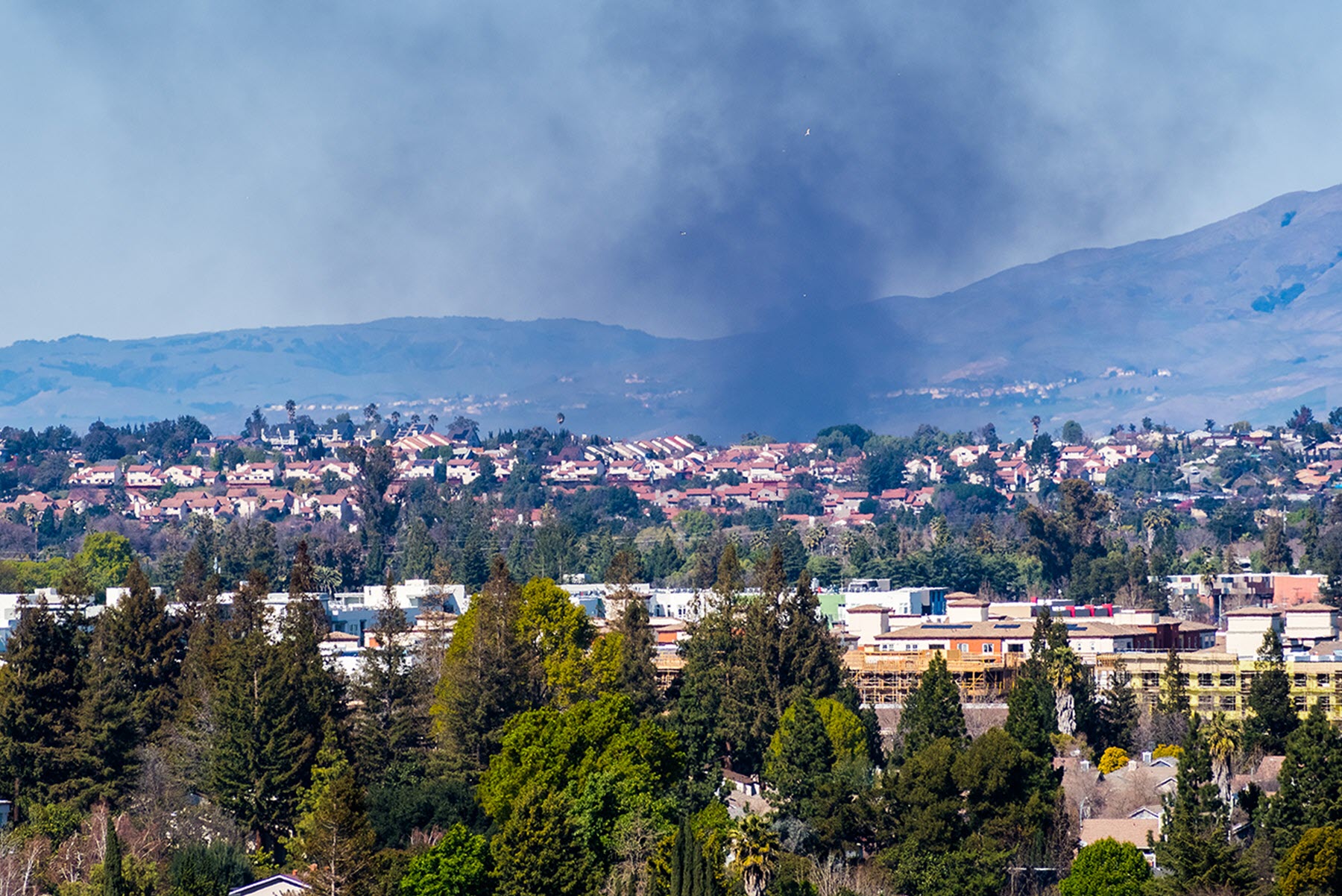New Census Housing Unit Estimates Use FEMA Data to Capture Impact of Disasters in Every State
For the first time this decade, U.S. Census Bureau housing unit estimates released today show the impact of natural disasters in towns and cities across the country.
California’s Butte County, site of the Camp Fire in 2018, saw the biggest decline in housing units of any county in the United States. According to the housing unit estimates for July 1, 2019, the number of units went from 100,074 to 86,209, a loss of 13,865 housing units or 13.9% between 2018 and 2019.
This special focus on disaster-affected areas across the nation helps paint a more vivid and current picture of population shifts in communities and, most importantly, helps to inform disaster recovery activities.
Timely access to detailed statistics about disaster-affected populations and housing is critical to planning, emergency response and disaster recovery. The estimates released today were developed using a different approach to capture the impact of disasters.
For this latest series of estimates, the Population Estimates Program expanded the use of Federal Emergency Management Agency (FEMA) data to add precision to the housing and population estimates for all states within the United States that experienced some type of natural disaster.
The implementation of the FEMA data, as a component of change to measure variation in housing and the population of cities and towns, significantly enhanced the quality and timeliness of these estimates.
This special focus on disaster-affected areas across the nation helps paint a more vivid and current picture of population shifts in communities and, most importantly, helps to inform disaster recovery activities.
The data visualization below shows annual and cumulative housing unit change for all counties across the United States. The following areas are highlighted:
Butte, Lake, and Shasta Counties, California
In the latter half of 2018, a series of fires devastated communities in Northern California. Butte County, which was the site of the 2018 Camp Fire, experienced a widespread loss in housing units. Between 2010 and 2019, Butte County had the largest numeric and percent decline in housing units of any county in the United States, down 9,629 or 10.0%. Housing unit loss between 2018 and 2019 disrupted the gradual gains Butte County had otherwise experienced since 2010.
Shasta County experienced substantial housing unit loss between 2018 and 2019 as a result of the 2018 Carr Fire. After making steady gains since 2010, Shasta County lost over 570 housing units between 2018 and 2019.
Lake County was one of many counties impacted by the Mendocino Complex Fire in 2018 and lost over 140 housing units between 2018 and 2019.
In addition to this more recent fire, the housing unit estimates show the dramatic impact of the Clayton Fire in 2016, which resulted in a loss of over 1,100 units in Lake County between 2015 and 2016.
Bay, Calhoun, and Jackson Counties, Florida
These counties in the Florida panhandle were impacted by Hurricane Michael in October 2018.
After experiencing slight increases in housing units during the 2010 decade, Calhoun County lost over 80 housing units between 2018 and 2019. Jackson County lost nearly 70 housing units over the same period.
Although Bay County gained 447 housing units between 2018 and 2019, this was a significant drop from the gains it experienced the prior year (1,511), largely because of the loss resulting from Hurricane Michael.
Fremont and Mills Counties, Iowa
In the spring of 2019, a number of floods impacted Iowa. The most severe were seen in Fremont and Mills counties.
Between 2018 and 2019, Mills County lost 70 housing units while Fremont County lost over 20.
Timely statistics for all areas across the nation are key to getting the assistance communities need. It also helps focus FEMA recovery efforts in the most affected areas where large influxes of people have been forced into temporary or permanent displacement.
Lauren Medina and David Armstrong are demographer-statisticians in the Census Bureau’s Population Division.
Stats for Stories
Subscribe
Our email newsletter is sent out on the day we publish a story. Get an alert directly in your inbox to read, share and blog about our newest stories.
Contact our Public Information Office for media inquiries or interviews.
-
America Counts StoryAmerica: A Nation of Small TownsMay 21, 2020About 76% of incorporated places have fewer than 5,000 people and about a third of those have less than 500 people.
-
America Counts StoryKey Player in Disaster Response: The U.S. Census BureauOctober 15, 2019Community planners rely on census statistics to prepare evacuation plans and supply distribution after natural disasters and...
-
America Counts StoryA Decade After the Recession, Housing Costs Ease for HomeownersNovember 04, 2019More homeowners are spending a smaller share of their income on housing, but the burden has not changed for renters.
-
EmploymentThe Stories Behind Census Numbers in 2025December 22, 2025A year-end review of America Counts stories on everything from families and housing to business and income.
-
Families and Living ArrangementsMore First-Time Moms Live With an Unmarried PartnerDecember 16, 2025About a quarter of all first-time mothers were cohabiting at the time of childbirth in the early 2020s. College-educated moms were more likely to be married.
-
Business and EconomyState Governments Parlay Sports Betting Into Tax WindfallDecember 10, 2025Total state-level sports betting tax revenues has increased 382% since the third quarter of 2021, when data collection began.
-
EmploymentU.S. Workforce is Aging, Especially in Some FirmsDecember 02, 2025Firms in sectors like utilities and manufacturing and states like Maine are more likely to have a high share of workers over age 55.




